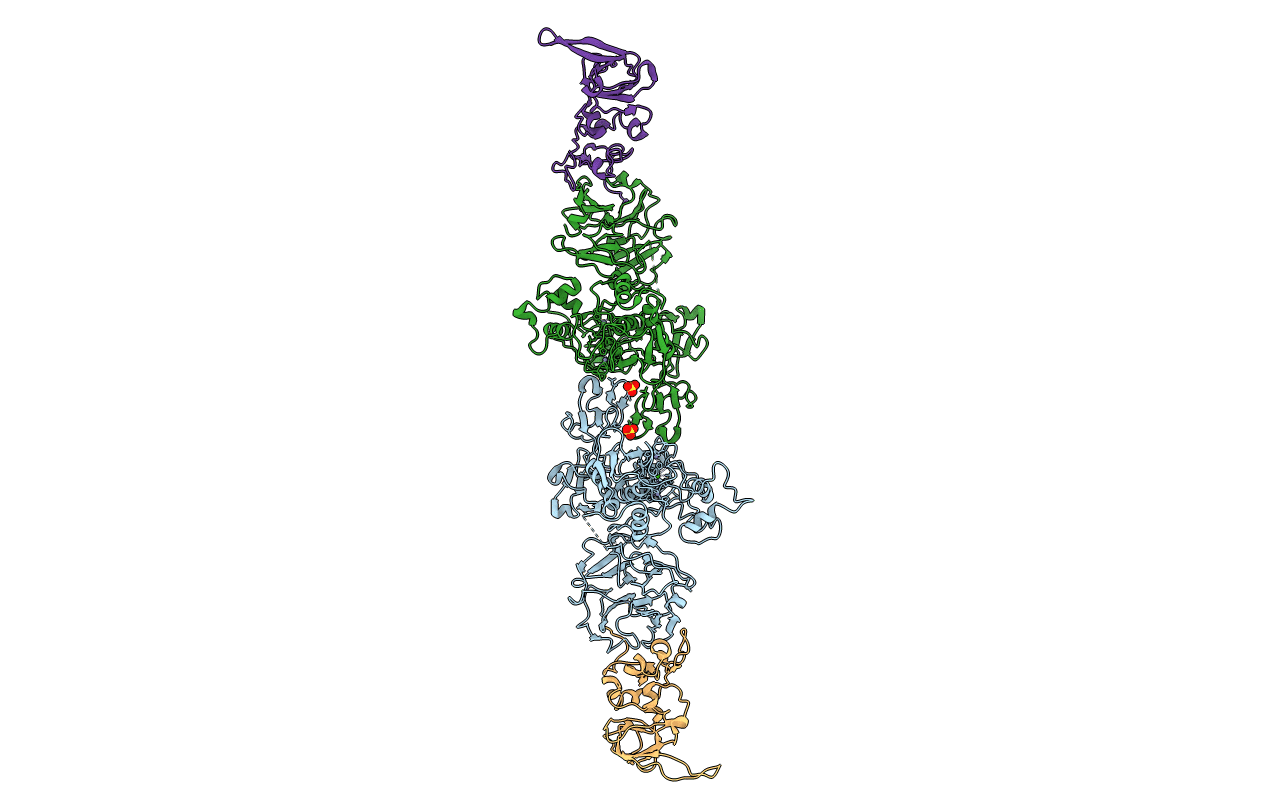
Deposition Date
2002-04-02
Release Date
2002-07-09
Last Version Date
2024-10-23
Method Details:
Experimental Method:
Resolution:
3.10 Å
R-Value Free:
0.33
R-Value Work:
0.27
R-Value Observed:
0.27
Space Group:
C 2 2 21


